Top Controllers for Fps Games
Regarding first-person shooters, there is no doubt that the keyboard and mouse have better precision and control overall while playing. This combo, although precise, does not replicate a firearm. It may lack originality, but the pin-point accuracy makes up for it. That is one of the reasons many people choose the more authentic setup, the controller. Controller players can chill back playing some Call of Duty on the couch, exchanging the accuracy for some comfort. If you are the type of player who likes more casual gameplay but wants a sharper setup, here are our top controllers for fps games.
Related Posts:
Our Favourite Controllers for FPS Games
HoriPad FPS Plus
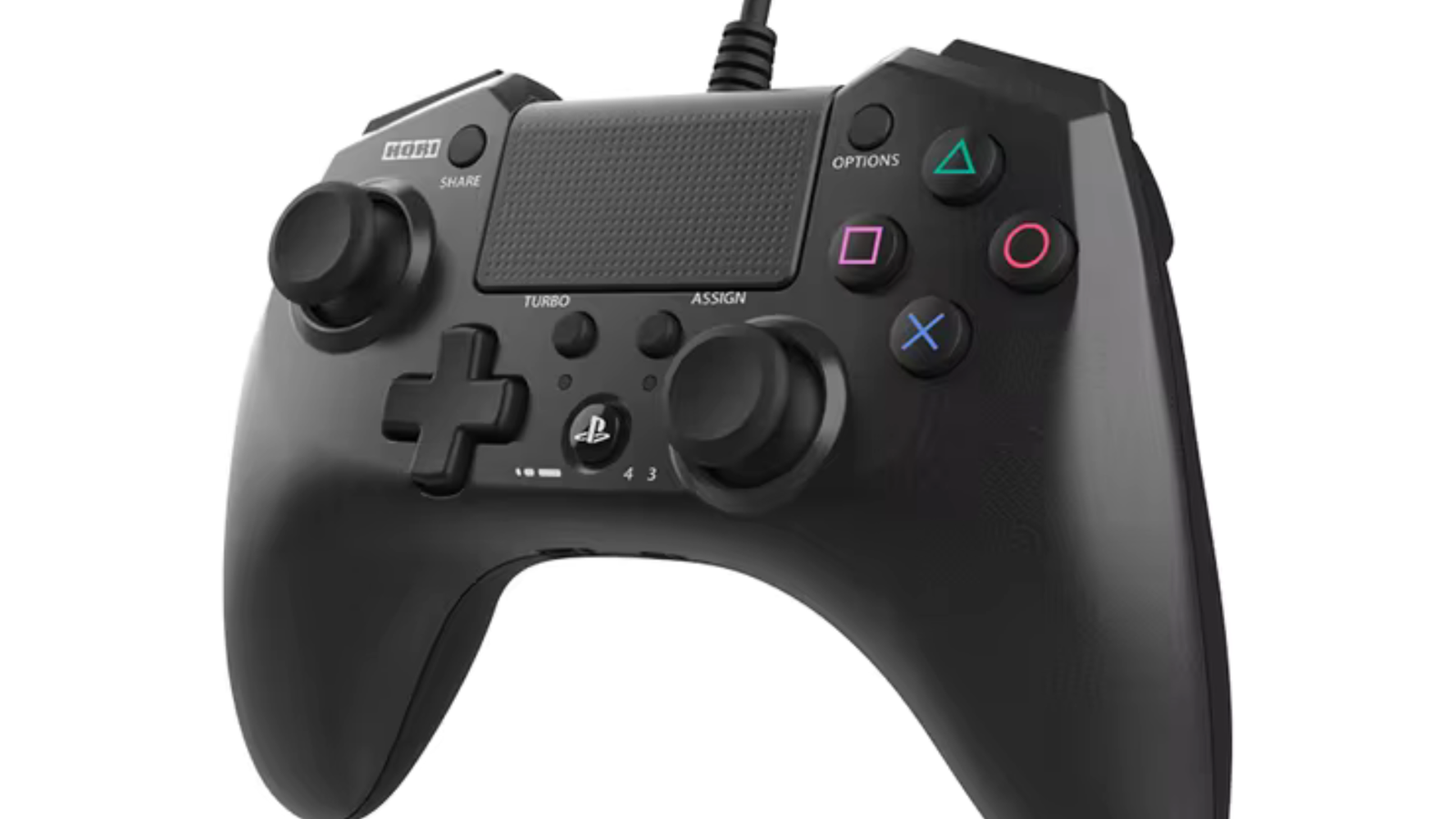
The HoriPad FPS Plus is outdated nowadays because it has almost the same features as the PS4 Controller but is more expensive. For instance, it does not have input for headphones and is missing a light bar support. The fat joysticks, the amazing motion sensing, and the vibration have amazing precision.
It has more versatility than the original Dualshock4, because of the customizable sensitivity and turbo feature, making this controller a good option for those who intend to play fps games.
PS4 Controller (DualShock 4)

The DualShock 4 may have included a few features that some considered unnecessary—like the large light bar on the front, which sparked debate among PlayStation fans. However, it’s hard to deny that the controller is both sleek and reliable, offering an excellent experience for FPS games.
Unlike earlier Sony controllers, the DualShock 4 was designed to work with Windows PCs, giving PC gamers another solid option and helping PlayStation compete with the Xbox controller’s widespread popularity. While it might not be the first choice for most PC players, the PS4 controller is more than capable of delivering a satisfying experience for FPS titles.
PS5 Controller (DualSense)
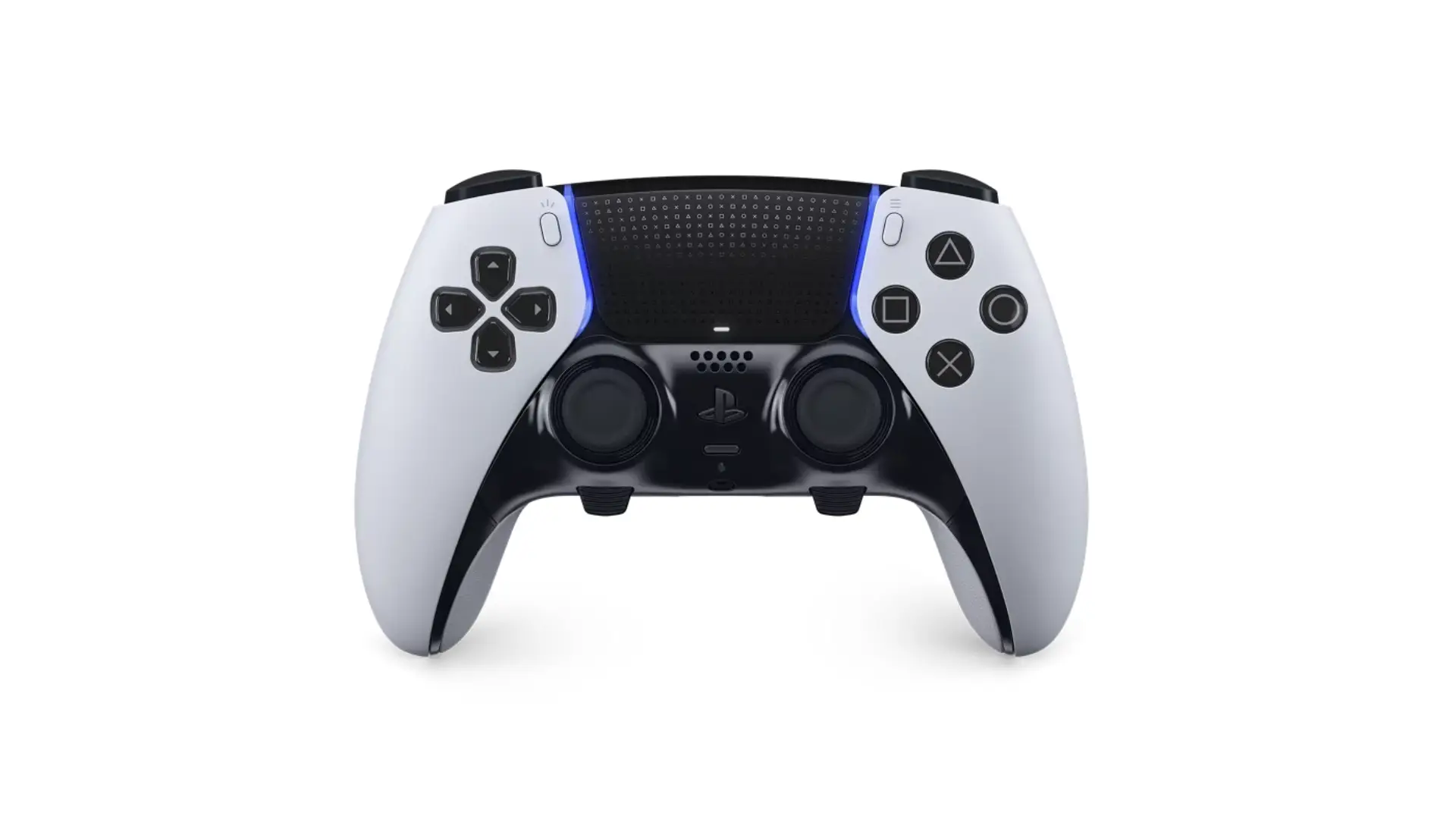
PlayStation controllers tend to evolve gradually, following the philosophy of “if it ain’t broke, don’t fix it.” The fifth-generation Sony controller strikes a balance between preserving the classic PlayStation design and introducing a few thoughtful enhancements and features. The symmetrical layout and easy-to-reach joysticks and triggers remain staples, while the DualSense — and the more advanced DualSense Edge — adopts a slightly bulkier, more grip-friendly design reminiscent of Xbox controllers. Despite this, it retains its ergonomic and lightweight feel, making it one of the best controllers for FPS games.
With advanced haptic feedback, a built-in microphone, and adaptive, spring-loaded triggers, the DualSense adds a modern touch to an already excellent design.
Thrustmaster Eswap Pro

Xbox and PC players seeking a reliable, feature-rich alternative to high-end “Elite” controllers without spending a fortune might want to consider the Thrustmaster Eswap. It’s still on the higher end but stands out as a more budget-friendly option within the premium controller category.
This modular gamepad lets players customize their setup by swapping out joysticks. It also includes two “mini-sticks” designed for durability and precision. The tactile D-pad and mechanical buttons offer a satisfying, responsive feel. Similar to the Elite Series controllers, the trigger buttons can be locked for shorter activation points, enabling quicker firing.
As an added bonus, the Eswap S features two rear buttons that can be remapped to suit individual preferences or used for quick audio adjustments, making it a versatile and customizable option for gamers.
Switch Pro Controller
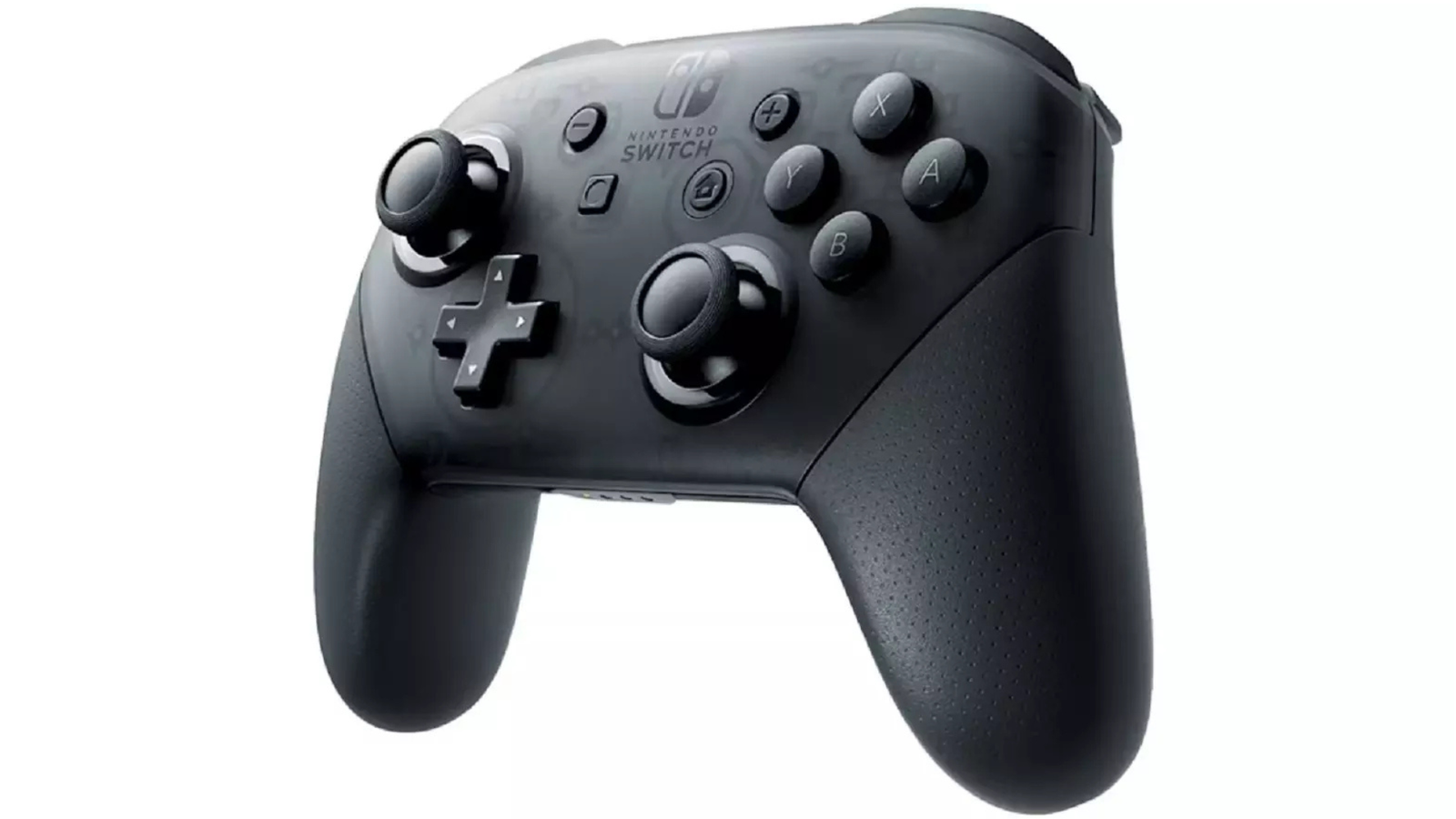
Switch players looking for a more traditional FPS experience with the added benefit of gyro controls will find Nintendo’s Pro Controller to be an excellent choice.
This controller excels in nearly every aspect, though its D-pad could be better. It boasts a sturdy, well-built design with shallow, “clicky” triggers that enable quick and responsive firing. Additionally, the Pro Controller includes HD Rumble and motion controls, enhancing immersion and making it a great option for FPS enthusiasts.
Razer Wolverine V2
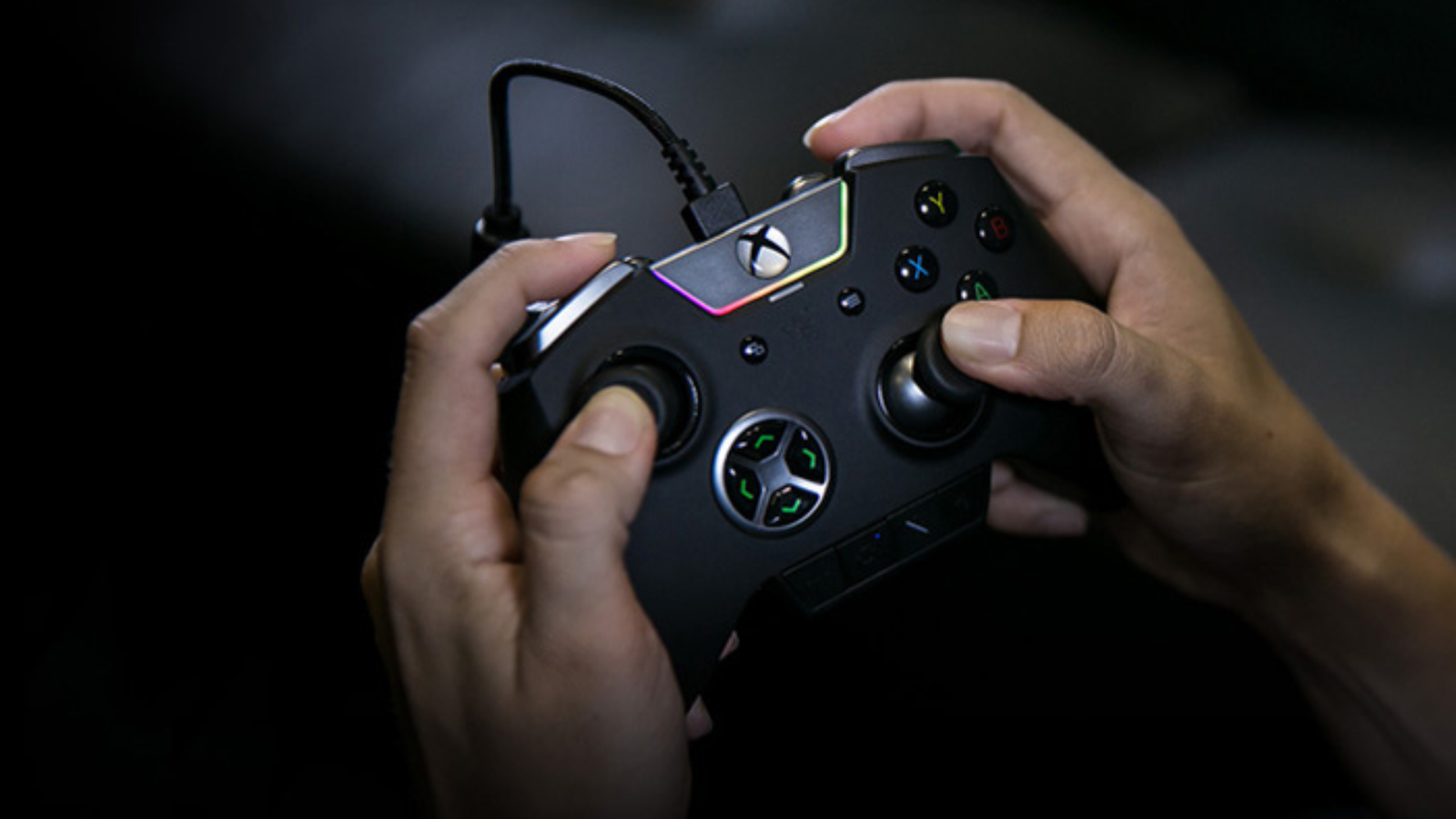
Released in 2017, Razer aimed to challenge Microsoft’s dominance in the PC controller market with the Wolverine Ultimate, a premium gamepad that closely resembled the Xbox One Elite controller. While it introduced several unique features, its steep $160 price tag made it less appealing to many consumers.
The Wolverine Ultimate’s standout feature was its customizability, allowing players to swap and fine-tune everything from the analog sticks to the D-pad. Despite its higher cost, the controller presented itself as a solid alternative to the Elite, especially given the latter’s reputation for durability issues.
Astro C40 TR
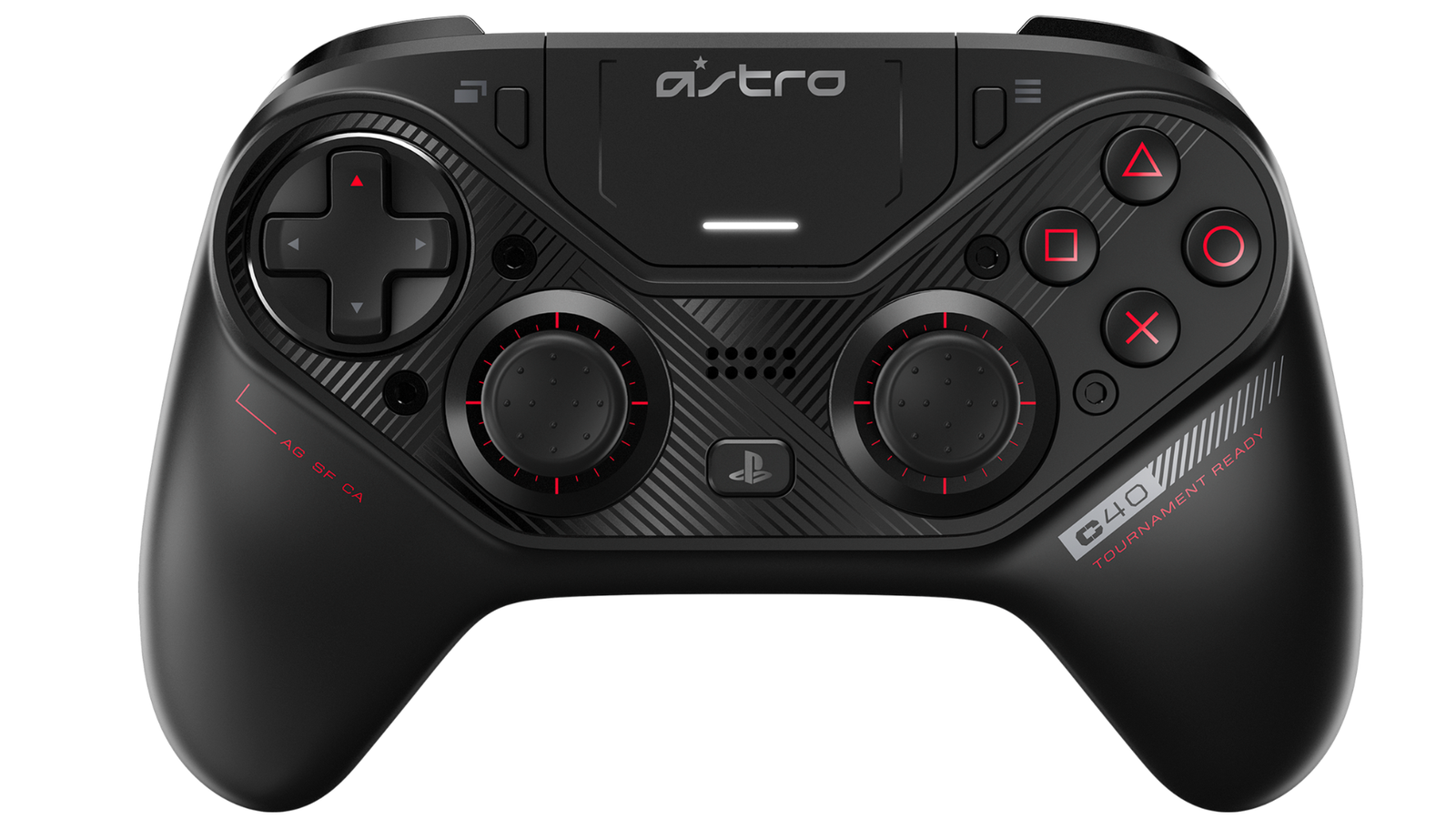
Much like Razer’s Wolverine Ultimate aimed to rival the Xbox One controller, Astro’s C40 TR was designed as a premium alternative to Sony’s DualShock 4. Despite the cost, the C40 TR stands out as a more comfortable and versatile option than anything Sony has offered. Its standout feature is the ability to swap the analog stick and D-pad layouts, allowing PlayStation players to easily switch between the DualShock and Xbox-style configurations. Additionally, its PC compatibility makes it a flexible choice for playing virtually any game across platforms.
Steam Controller
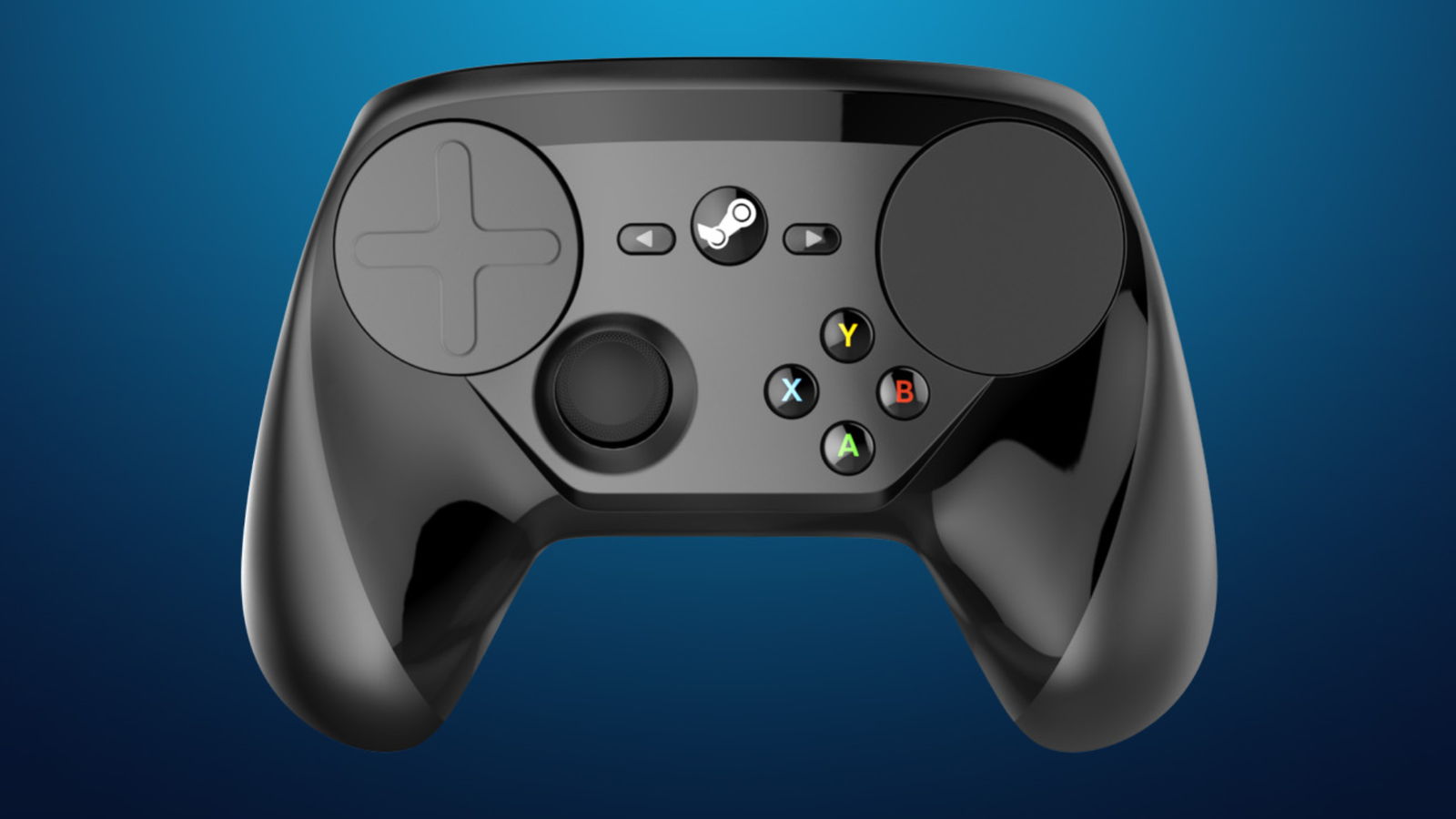
In 2015, Valve partnered with various PC hardware manufacturers to create “Steam Machines,” a line of consolized PCs designed to combine the functionality of a PC with the living-room convenience of a console. Running on Valve’s proprietary SteamOS, these
hybrid systems aimed to bridge the gap between PC and console gaming.
While the Steam Machines flopped and quickly faded away, the Steam Controller has maintained a cult following. Its highly customizable design makes it a favorite for some FPS players. Though it has a steep learning curve, the use of touchpads instead of traditional analog sticks provides a level of in-game accuracy that’s hard to match.
Xbox 360 Controller
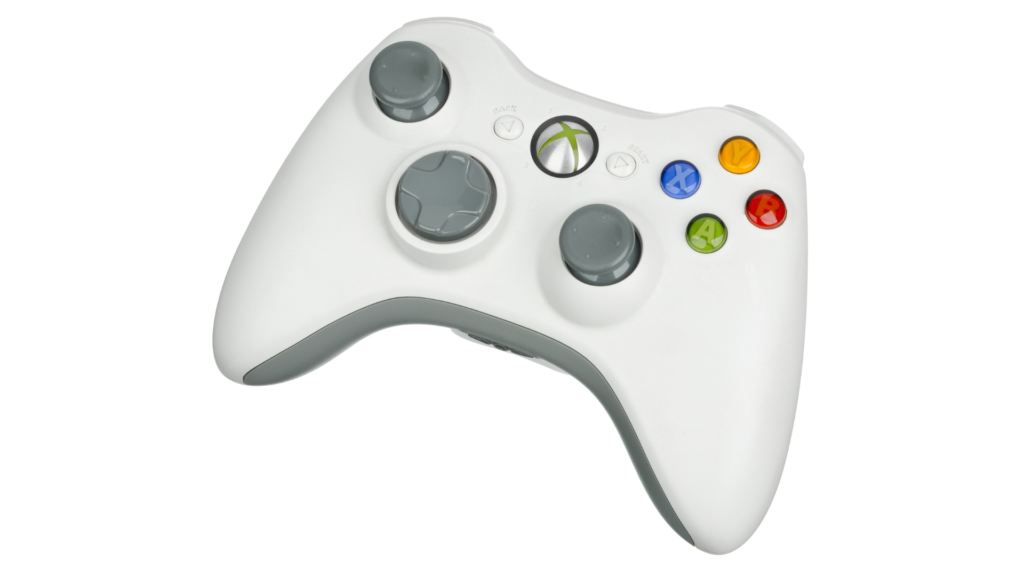
The Xbox One controller may feel like a refined version of its Xbox 360 predecessor, but its influence is undeniable. FPS games truly hit their stride on consoles during the seventh generation, thanks in large part to the accessibility and stellar design of the Xbox 360 controller. Even fifteen years after its release, many gamers still rely on the 360 controller as their go-to for both console and PC gaming. It’s especially noteworthy for being the first widely recognized, universally compatible controller for computersa game changer for the industry. If only it had come with a better D-pad, it might have been flawless.
Xbox One Controller
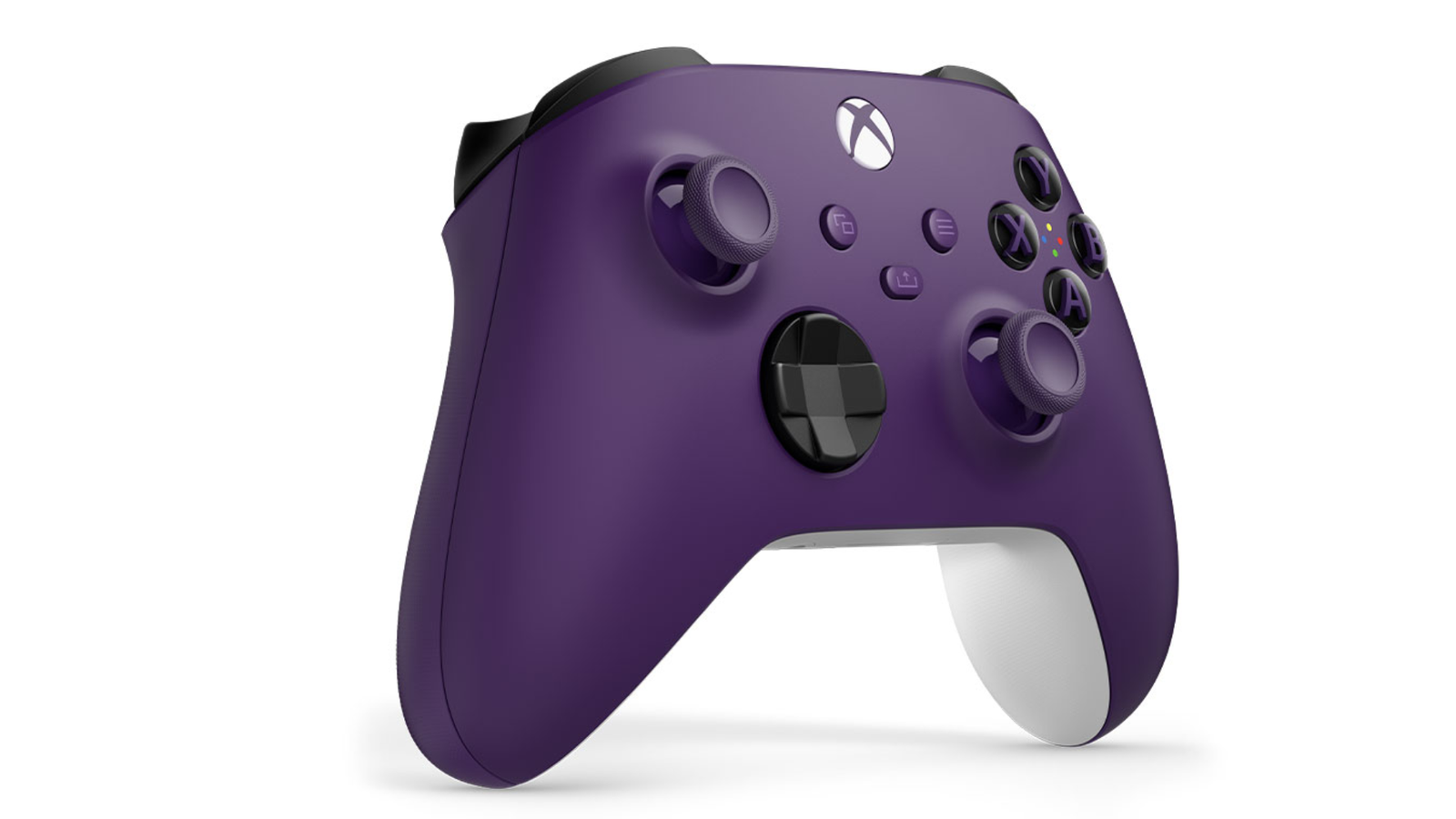
While the Xbox One system had a rocky launch in late 2013, its controller quickly earned widespread acclaim. Essentially a modernized version of the beloved Xbox 360 controller, the Xbox One gamepad features a sleeker, more angular design, a refined feel, and, most importantly, a vastly improved D-pad that fixed one of the 360 controller’s biggest shortcomings.
Microsoft has come a long way since the oversized Duke controller of the original Xbox, and this trend of refinement has continued with the Series X especially when it comes to its controllers.
Xbox Elite Wireless Controller Series 2

If price isn’t a concern, it’s hard to find a better console controller especially for FPS games. This premium device carries over the customizable buttons and interchangeable components of its predecessor while adding several impressive upgrades.
These include shorter hair-trigger locks for faster rapid firing, a durable rubberized grip, and adjustable-tension thumb sticks, making the Elite as versatile as it gets for tailoring controller settings to a player’s unique style. Comfort, precision, and nuance are all crucial for FPS gaming on consoles, and this controller excels in every area.
Although Microsoft has remained quiet about the possibility of a third-generation Elite controller, it’s likely that gamers can look forward to an even more advanced and polished Series 3 in the near future.

